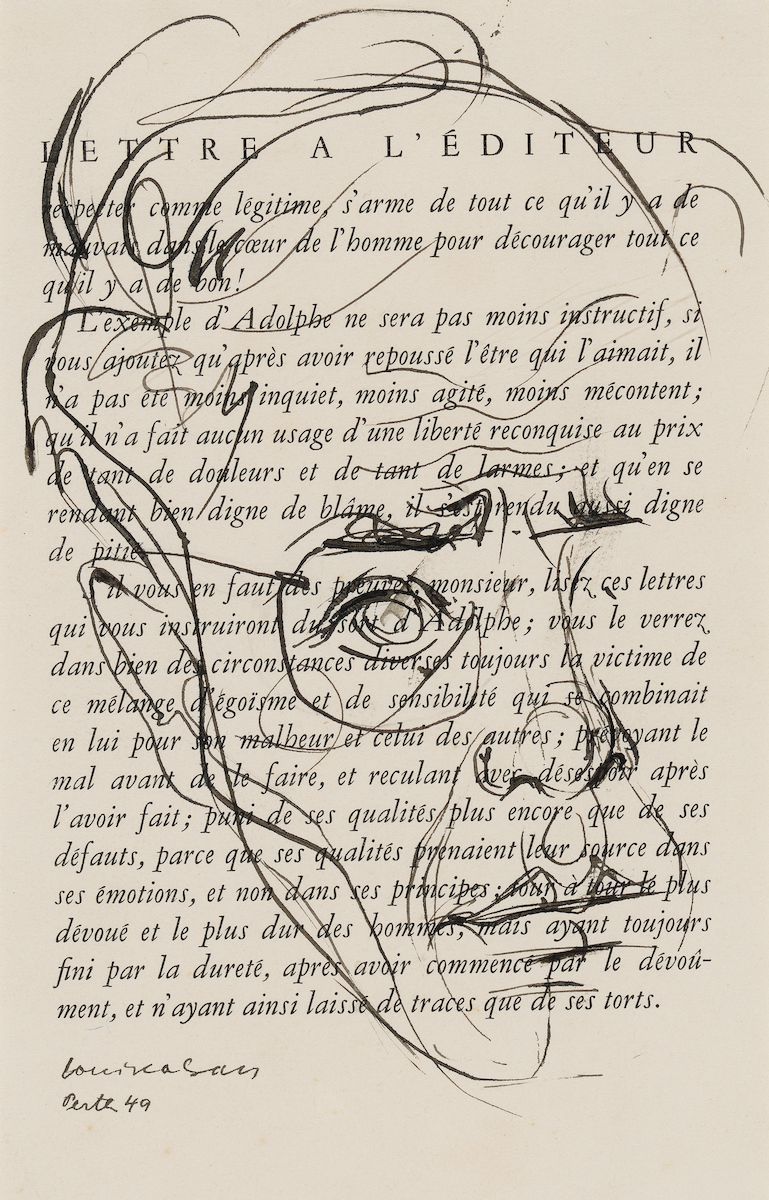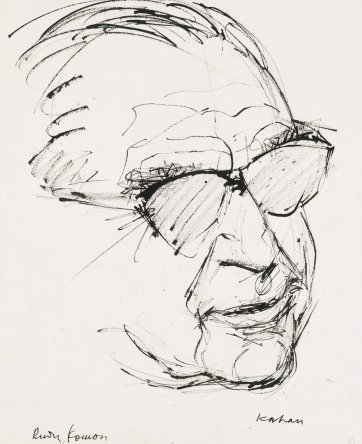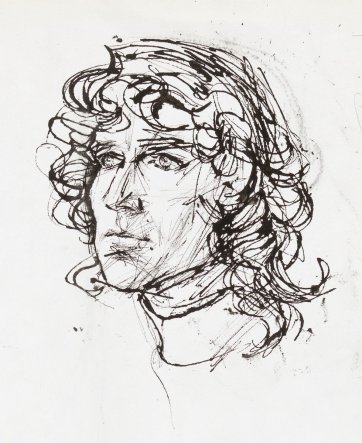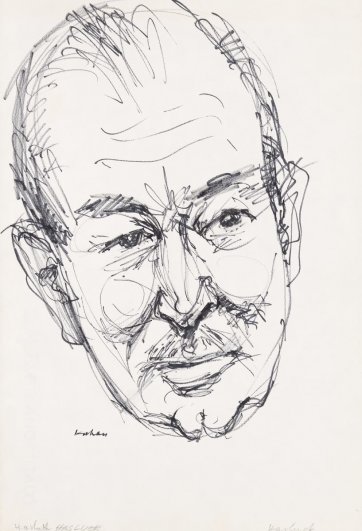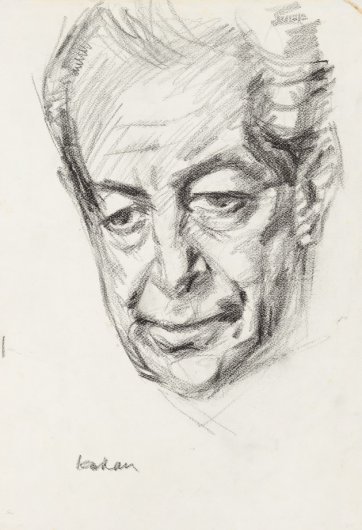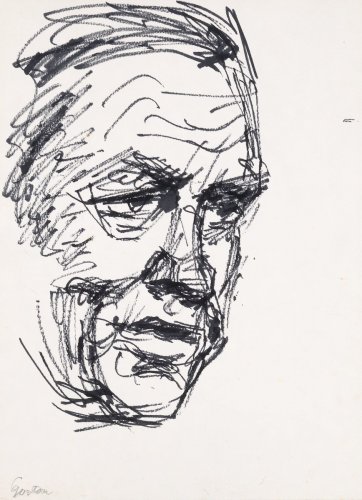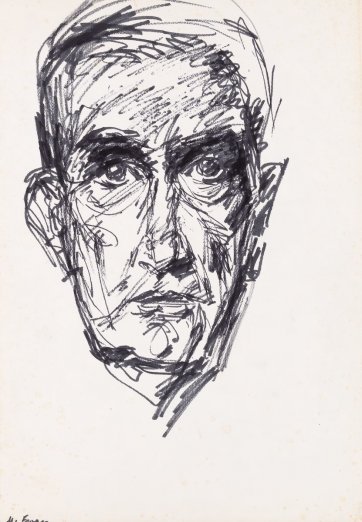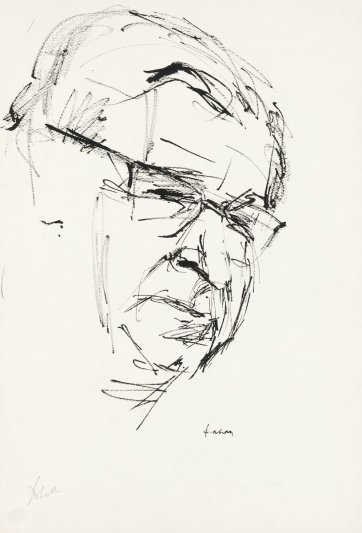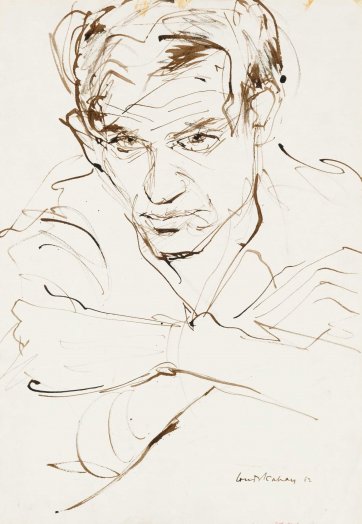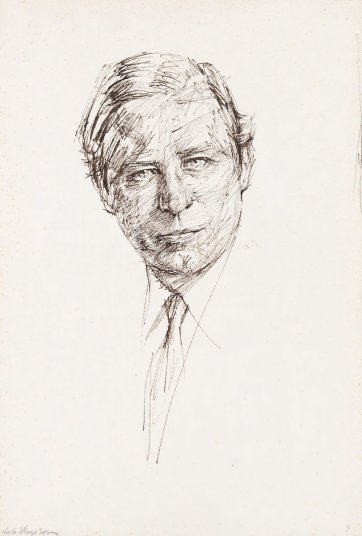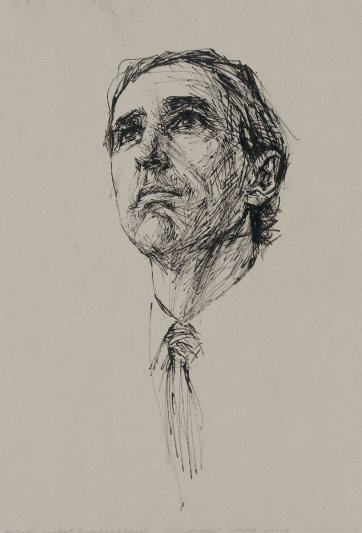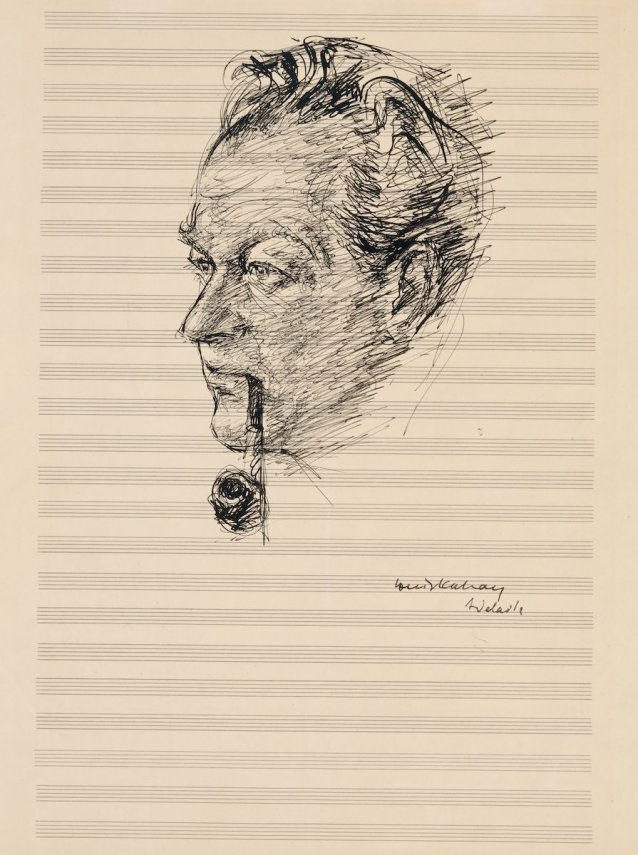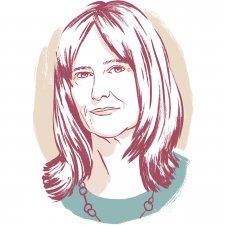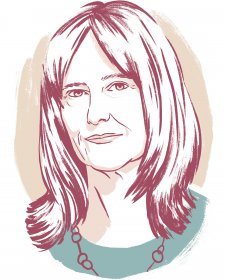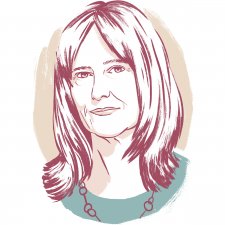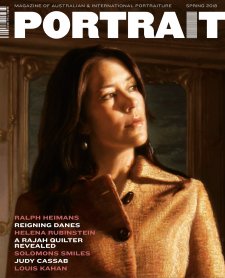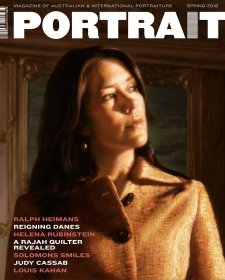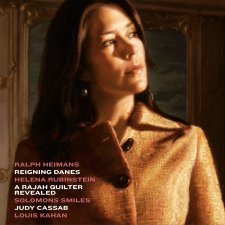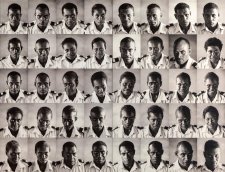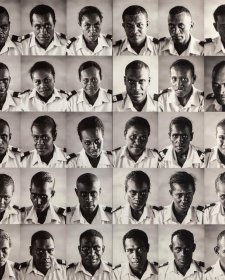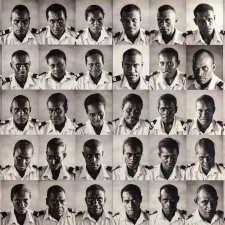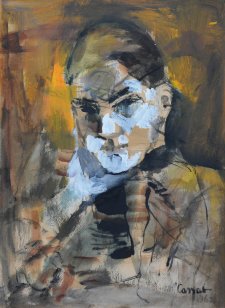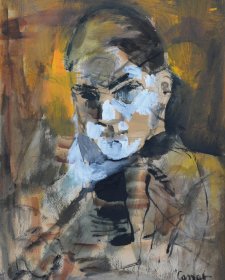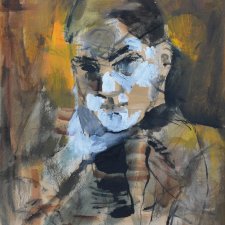Louis Kahan, born in Vienna to Ukrainian parents, was singularly talented at drawing as a boy and aimed to become an artist; but his father, certain he couldn’t make a living at it, forbade him to go to art school. Accordingly, Kahan trained in his family’s tailoring business, receiving his Diploma from the Tailors’ Guild in 1925. He was to make a living from art, though – albeit in a very different environment from the glittering cities of ideas, music, art, coffee and fashion in which he grew to manhood.
At twenty, Kahan left Vienna for Paris. For two years he worked for the couturier Paul Poiret, creating outfits for Josephine Baker and meeting Henri Matisse and Raoul Dufy. In 1939, he joined the Foreign Legion; in North Africa, he essentially worked as an artist and draftsman. Remaining in Oran after the armistice, from 1942 he made thousands of rather glamorous portraits of servicemen in French and American hospitals in North Africa, rendered at speed on air letters and signed ‘A Guy From Paris’. After the war he returned to Paris and worked as a draughtsman reporter for Le Figaro, drawing the Pétain trials.
In 1947 – by way of Hollywood, where he fell in with his old compatriot, Billy Wilder – Kahan decided to visit Australia, where his parents and sister were thriving tailors in Perth. He was invigorated by the city, where he held his first solo exhibition. ‘To see him draw gives the delight that any expert performance always yields’, wrote the critic for the West Australian. Late in life, he said he found it rewarding to settle in Australia because ‘you were able to contribute something … to the life here … I want to say this without any pretense but this is a country where you feel that you are in the middle of creating, um – well I hate big words … if I exclude myself – civilisation, what can be called civilisation, in days to come.’
Soon after Kahan moved to Melbourne, in 1950, he made a thrilling series of austere portraits of writers for the journal Meanjin. He married Lily Isaac in 1955 and they spent four years abroad; Yehudi Menuhin got him an exhibition of portraits at the Festival Hall, and he worked in stage and costume design. He won the Archibald in 1962 with a startling portrait of Patrick White. Over the ensuing decades his portraits were hung in countless Melbourne homes and institutions. Kahan was able to return often to Paris and kept experimenting with art techniques and mediums until he died.
Eight of Louis Kahan’s drawings were amongst the first 26 portraits acquired by the Portrait Gallery in 1998. Many more have entered the collection since, most of them through the generosity of his widow Lily. The works comprise an expressive composite portrait of Australian public figures in the 1960s and 1970s. He often drew them at home as he watched them talking on television programs like This Day Tonight.
